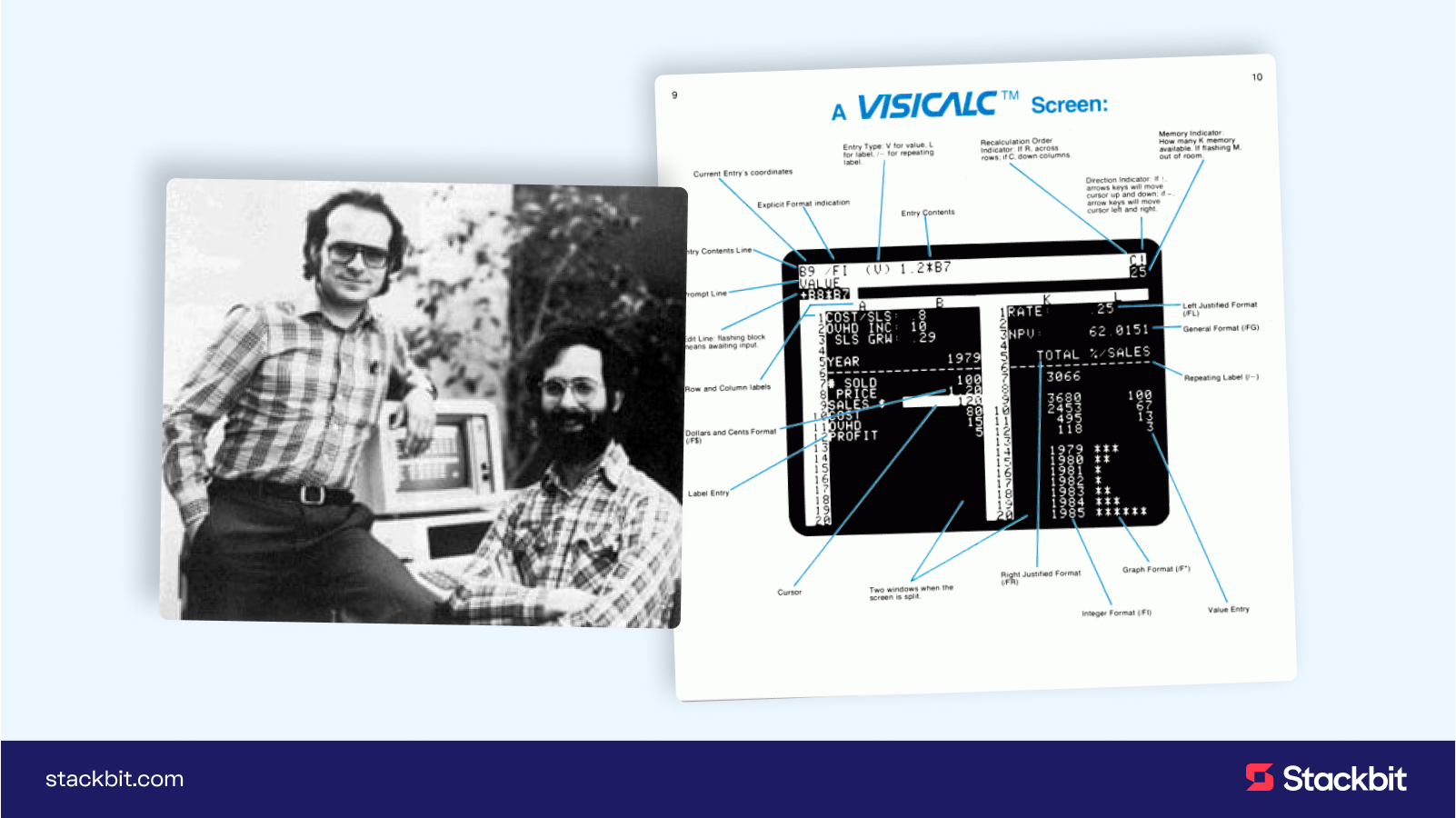
The year is 1978. And Dan Bricklin is walking into class at Harvard Business School.
He sees a dozen chalkboards connected by one massive matrix of rows and columns.
After settling in the teacher shows how, with a calculator, you could change one cell and "quickly" ripple updates through all the connected cells.
That summer, while staring at his calculator on Martha's Vineyard, he had the thought:
"Imagine if my calculator had a ball in its back, like a mouse...
And there was a display, like in a fighter-plane, where I could see a virtual image...
I could just move my mouse, funch in a few numbers, and do all the calculations I need!"
A few months later Dan built the first version of VisiCalc.
It took 1 week.
It didn’t scroll. The decimals weren’t fixed. But it solved one huge problem—it lettered the columns and numbered the rows, so you could refer to each cell
Here's a photo of the initial alpha from Dan’s old 35mm camera:
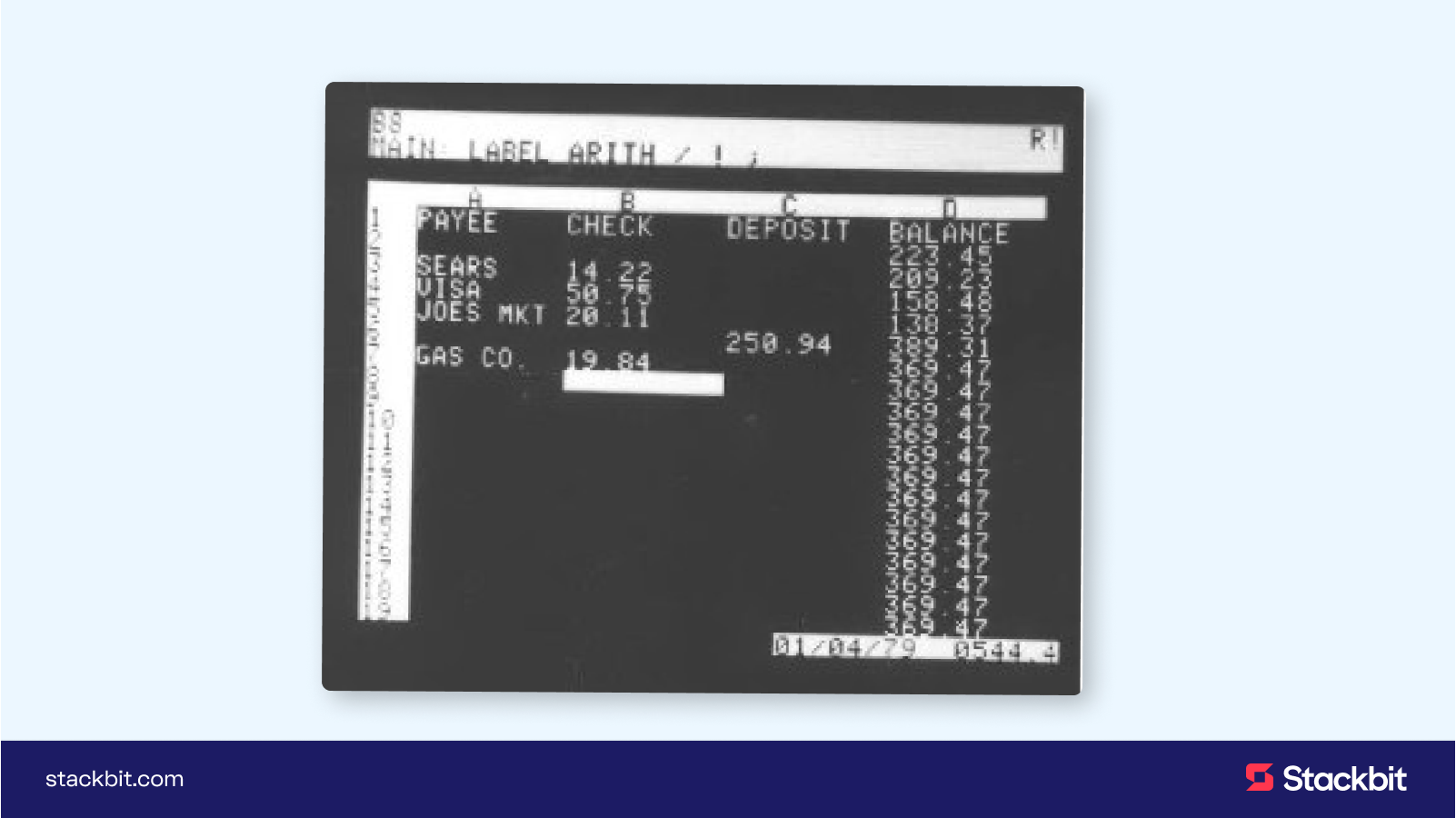
Dan was ecstatic. But he hit his programming limits. So he recruited his buddy Bob Frankston from MIT.
Bob went to work in the attic of a house down the street from Dan. He programmed on a shared MIT system that was expensive to rent out during prime daytime hours.
So Bob slept during the day. And worked at night.
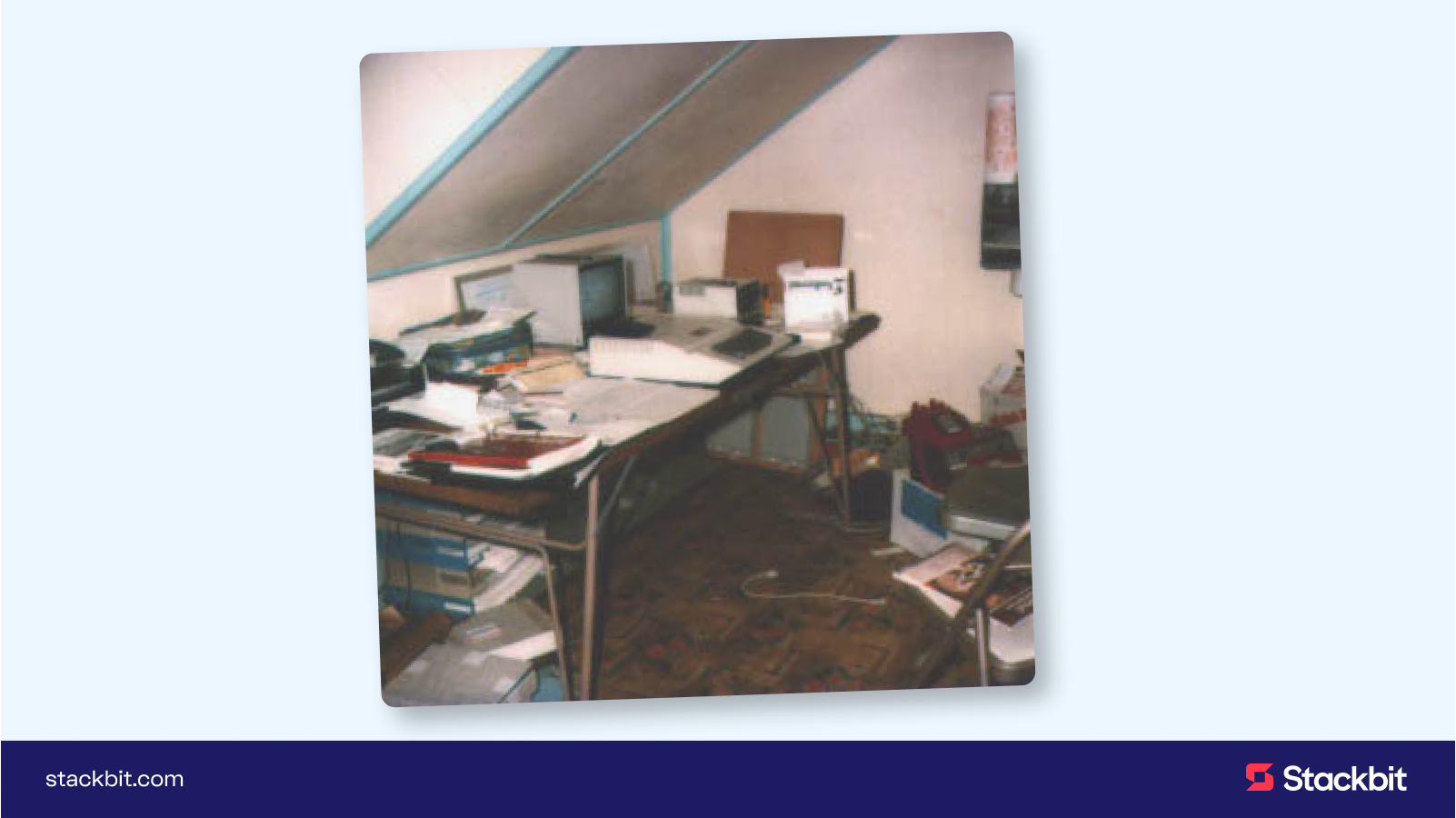
Bob hit one huge problem.
He couldn't condense his 20KB VisiCalc code to fit within the 16KB of the low-end Apple II. So when VisiCalc shipped it would only be available on the much more expensive 32KB Apple II.
Both Dan and Bob were nervous it wouldn't sell.
(Here’s some of Bob's first source code.)
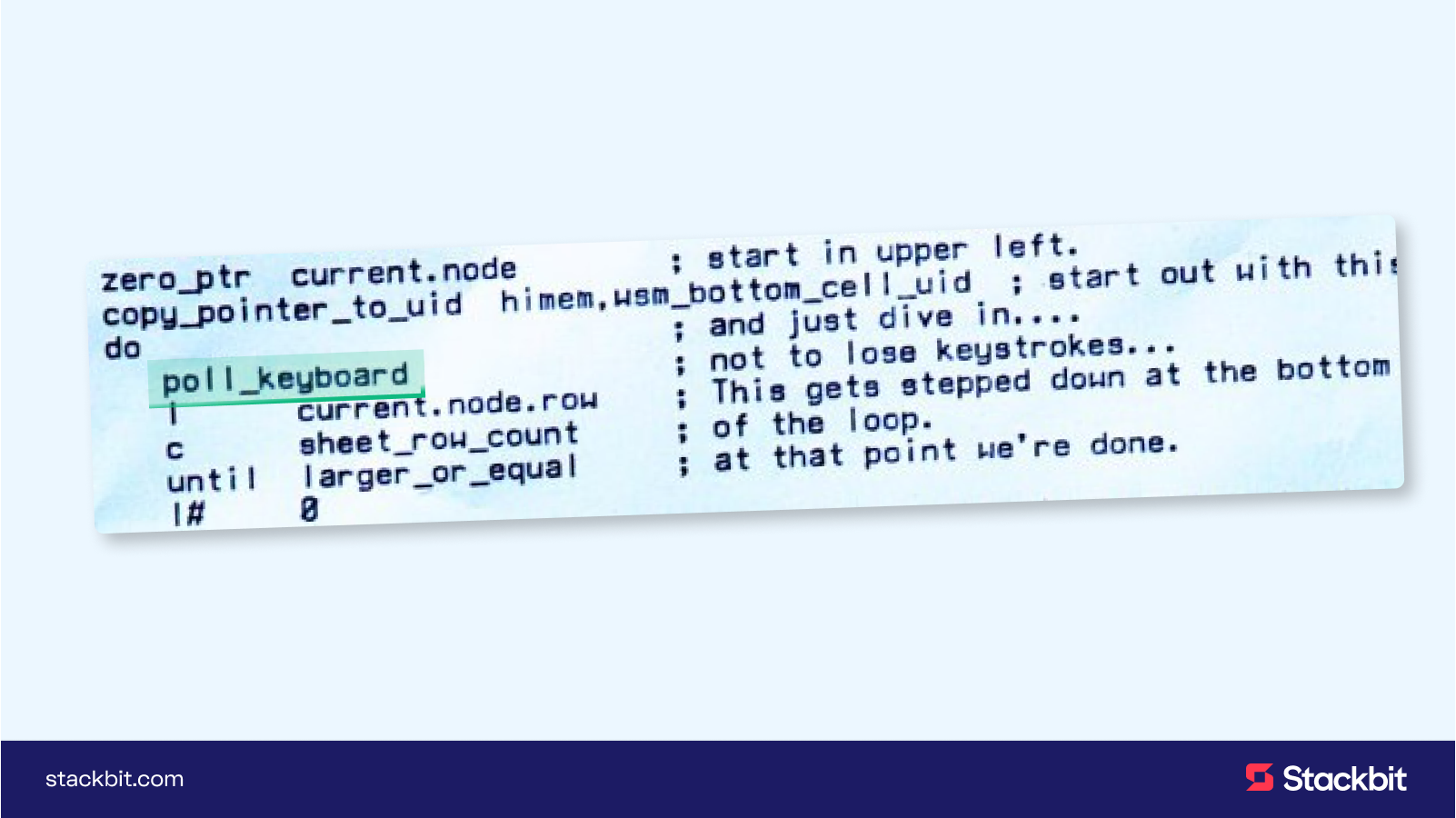
Before launch, Dan sneakily used it for a class assignment. His teacher had told his class to analyze a Pepsi marketing campaign.
The next day Dan came back with 5-year projections, testing all sorts of possibilities with numerous variables.
When asked how he did it, he said, "multiplication and addition."
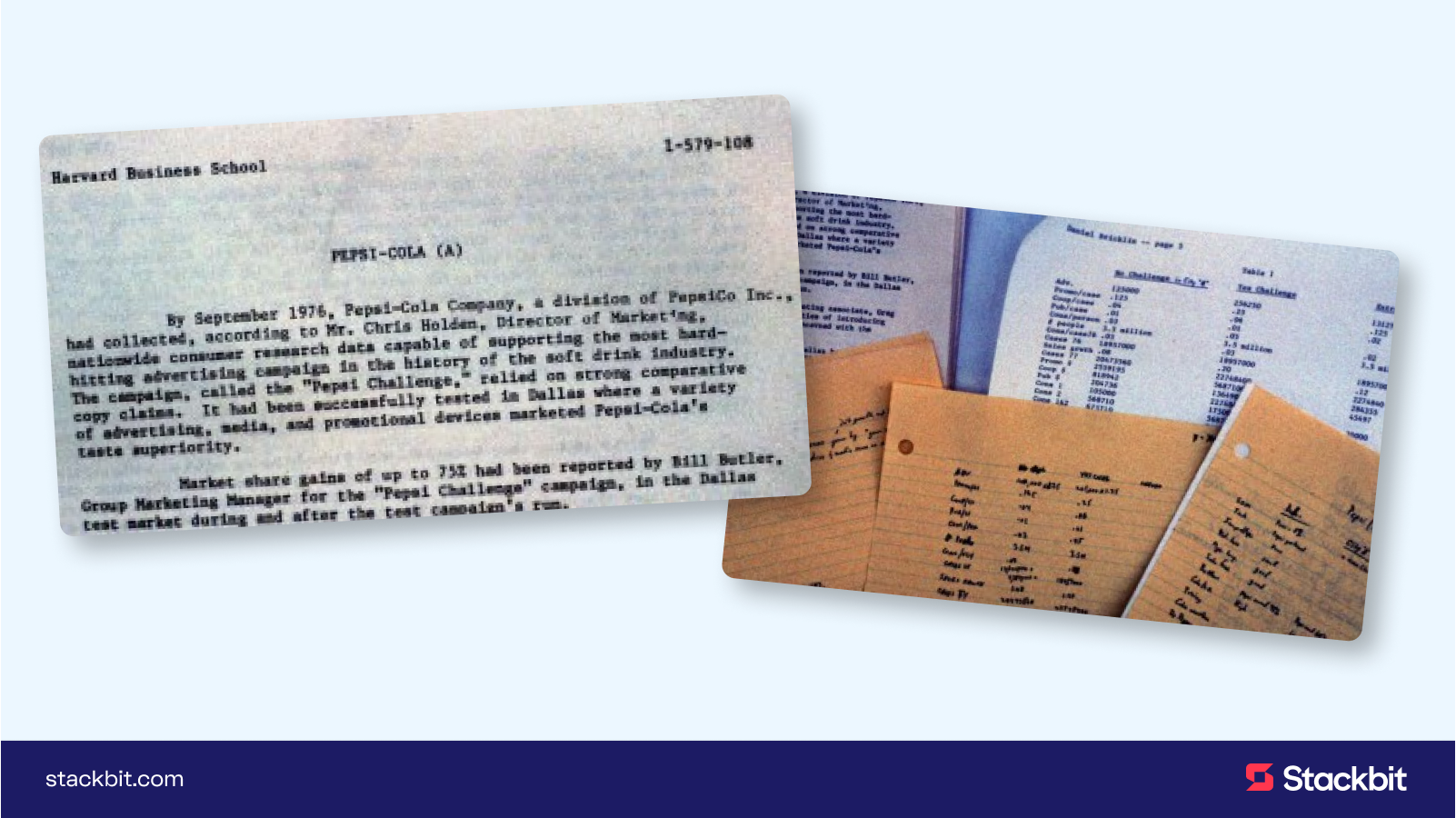
Dan and Bob debuted VisiCalc — the very first computer spreadsheet — at a computer expo in Manhattan.
It wasn’t well received.
Only 22 people showed up. Of which 20 were friends and family. The 2 “real” attendees walked out early to see the TI 59 Calculator presentation. lol
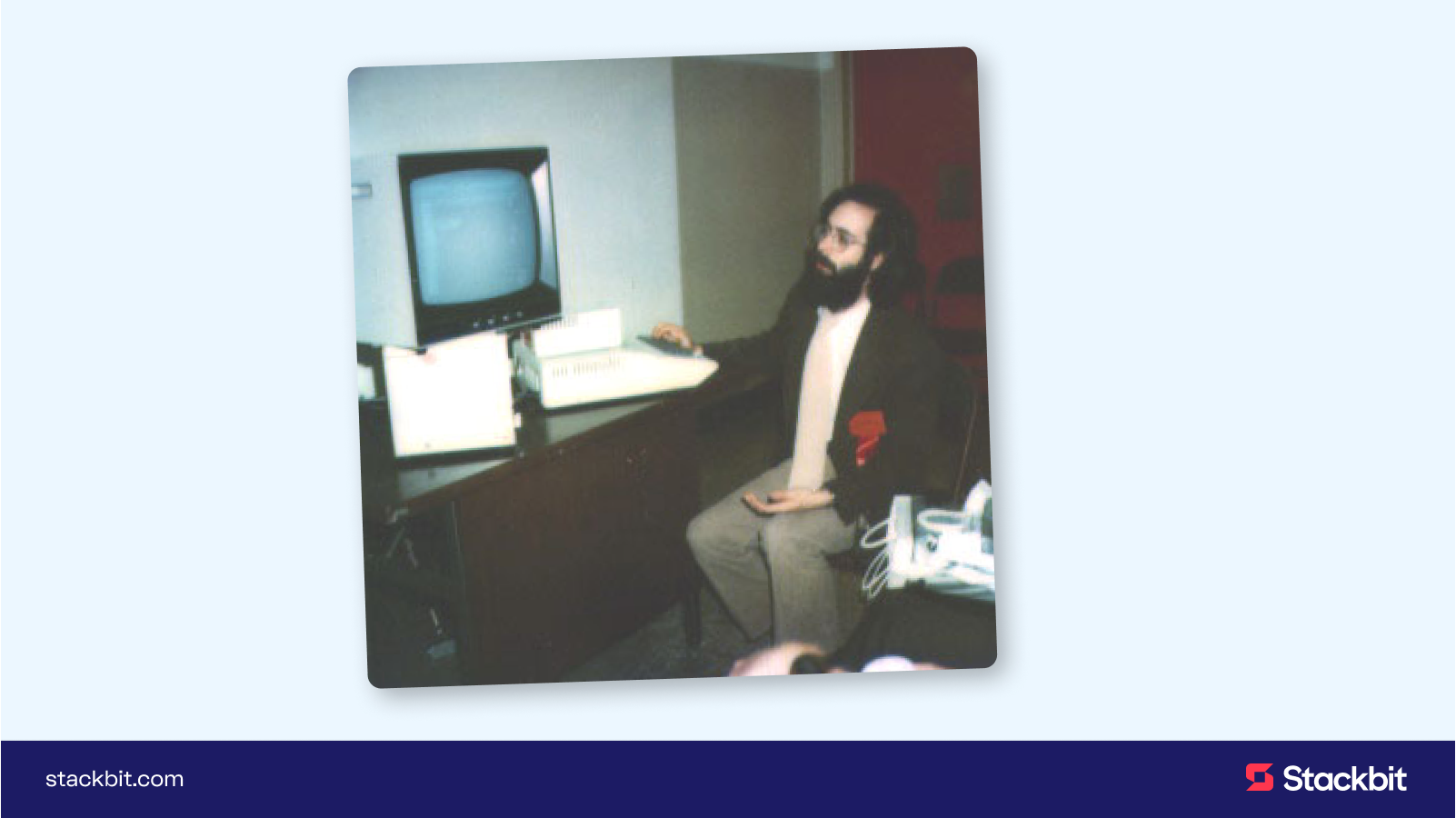
In late 1979, Dan and Bob sold their first unit for $100.
And VisiCalc became a huge hit.
News stories spoke about business folks lining up to buy VisiCalc and then, the next day, lining up again to buy the $2,500 Apple II when they realized it was the only computer it could run on.
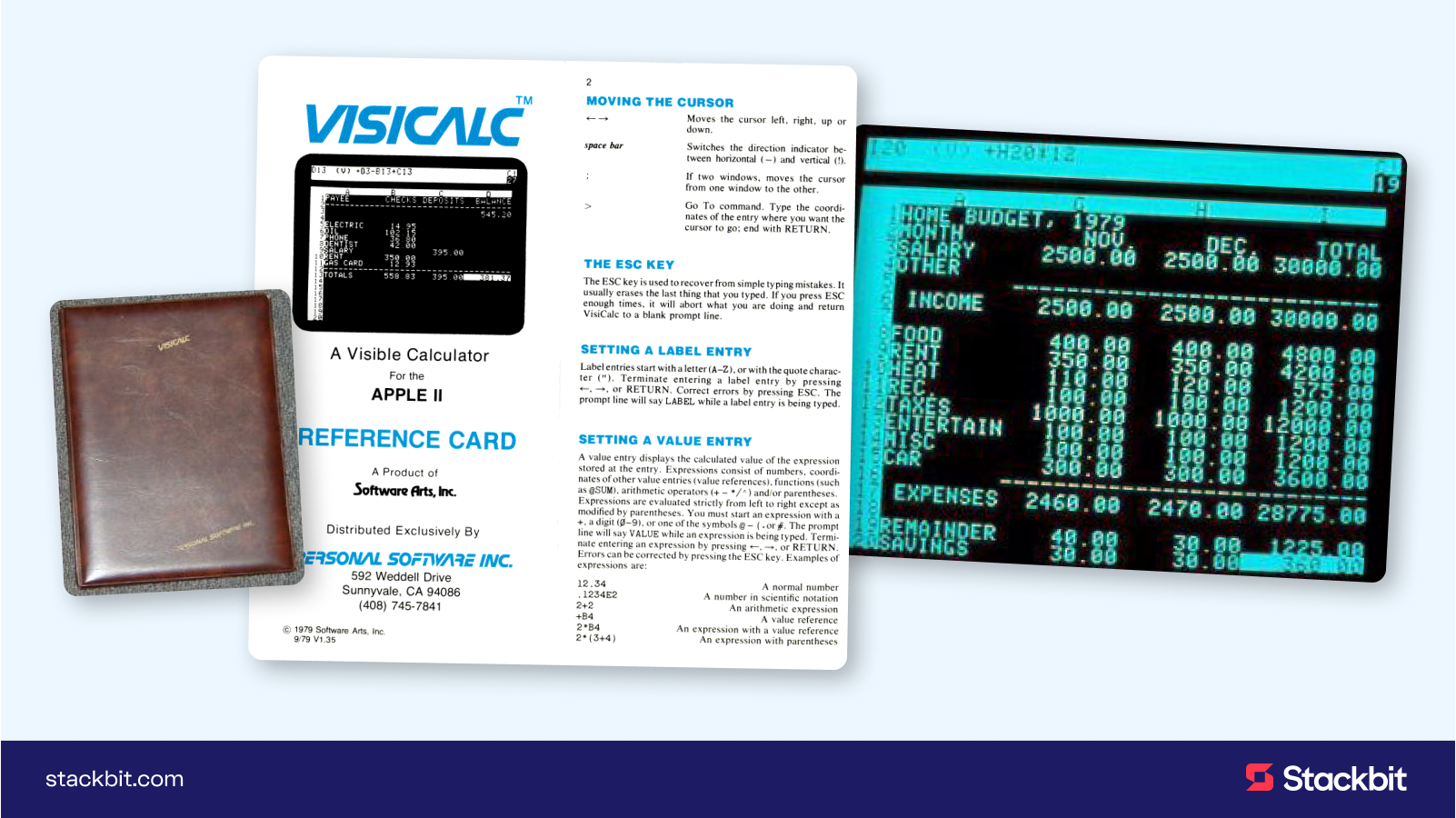
Four years later, Dan & Bob had sold >1M copies.
It sold so well with the Apple II that Steve Jobs claimed VisiCalc the biggest single event that led to Apple’s success.
"VisiCalc," Jobs said in the 1990 television interview. "is what really drove, propelled Apple to the success it achieved, more than any other single event."
Beyond all the success, Dan and Bob’s work convinced people that computers are not just toys.
They are tools.
And for that, we should know who they are and give them our thanks.
That's it! Thanks for reading.
If you enjoyed this post and want to say, "Thanks!" Please consider liking or retweeting the thread on Twitter. It really makes a difference. You’ve never heard of Dan or Bob. But you should have. They built a company, VisiCalc, that led to Apple's first big success and changed computers forever. Here’s their story.













